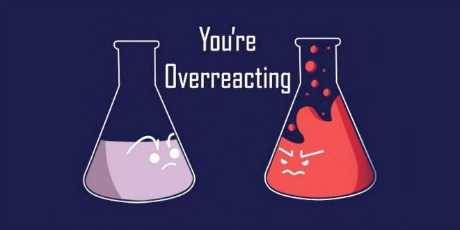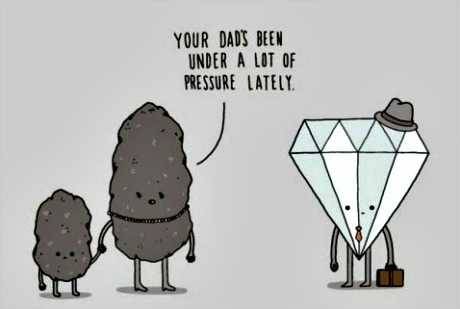Drunkscience4u - Drunk Science
More Posts from Drunkscience4u and Others
Happy International Women’s Day!

Today we celebrate International Women’s Day, a day in which we honor and recognize the contributions of women…both on Earth and in space.

Since the beginning, women have been essential to the progression and success of America’s space program.

Throughout history, women have had to overcome struggles in the workplace. The victories for gender rights were not achieved easily or quickly, and our work is not done.

Today, we strive to make sure that our legacy of inclusion and excellence lives on.

We have a long-standing cultural commitment to excellence that is largely driven by data, including data about our people. And our data shows progress is driven by questioning our assumptions and cultural prejudices – by embracing and nurturing all talent we have available, regardless of gender, race or other protected status, to build a workforce as diverse as our mission. This is how we, as a nation, will take the next giant leap in exploration.

As a world leader in science, aeronautics, space exploration and technology, we have a diverse mission that demands talent from every corner of America, and every walk of life.

So, join us today, and every day, as we continue our legacy of inclusion and excellence.

Happy International Women’s Day!
Learn more about the inspiring woman at NASA here: https://women.nasa.gov/









The First Galaxies: What We Know And What We Still Need To Learn
“As we look farther back in time, we find that younger galaxies formed stars at faster rates than galaxies do today. We can measure the star-formation rate, and find that at earlier and earlier times, it was more intense. But then we find it hits a peak when the Universe is about two billion years old. Go younger than that, and the rate goes down again.”
We’ve come incredibly far in our quest to learn how the Universe came to be the way it is today. We can see out in space for tens of billions of light years, to galaxies as they were when the Universe was only a few percent of its present age. We can see how galaxies evolve, merge and the stars inside change. And we can see to even before that, when no stars or galaxies existed at all. But how did we get from there to here? There are still plenty of gaps in the story. We’ve never seen the first stars or galaxies; we’ve never witnessed the start of cosmic reionization; we’ve never seen the star formation rate jump from zero to a real, finite number. Yet with James Webb and WFIRST on the horizon, these gaps in our knowledge may – if we’re lucky – all disappear.
Come get the story on what we know about the first galaxies, and what we hope and have left to still learn!
Please subscribe, like, comment, and donate! Next episode March 18. 2017. Stay tuned for Bloopers from this episode on March 11, 2017. Starring: Candice Lola Directed by Rebecca Berger Produced by Rebecca Berger and Candice Lola Written by Candice Lola Editing, Color, Sound Design by Rebecca Berger Animation by Rachael K McDonald Links: Music: http://ift.tt/1JICaNj and http://ift.tt/2lquxdO http://ift.tt/2lINlQJ http://ift.tt/2lqtjzr http://ift.tt/2lIL08B http://ift.tt/2lqvuCQ (Donations are always welcome!) http://ift.tt/2lITyw7 http://ift.tt/2lqvQJO
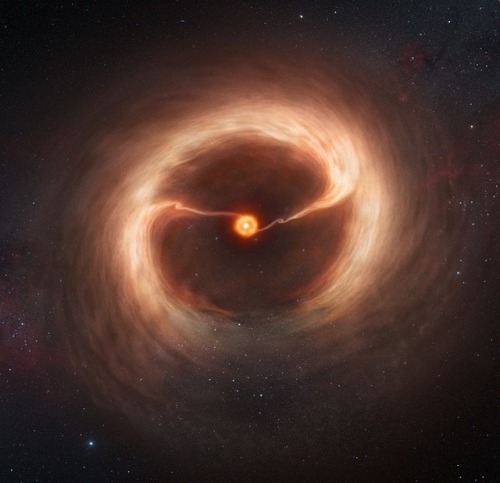
Disc of gas around HD 142527
This artist’s impression shows the disc of gas and cosmic dust around the young star HD 142527. Astronomers using the Atacama Large Millimeter/submillimeter Array (ALMA) telescope have seen vast streams of gas flowing across the gap in the disc. These are the first direct observations of these streams, which are expected to be created by giant planets guzzling gas as they grow, and which are a key stage in the birth of giant planets.
Credit: ESO / Atacama Large Millimeter/submillimeter Array
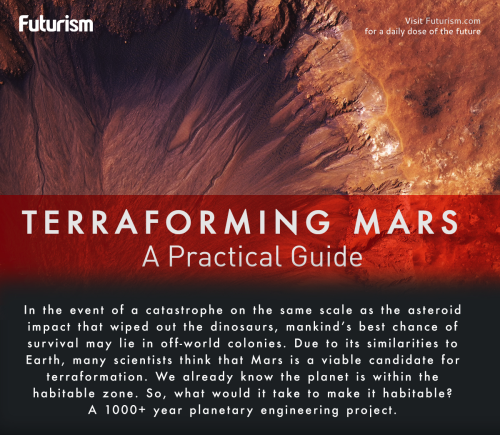
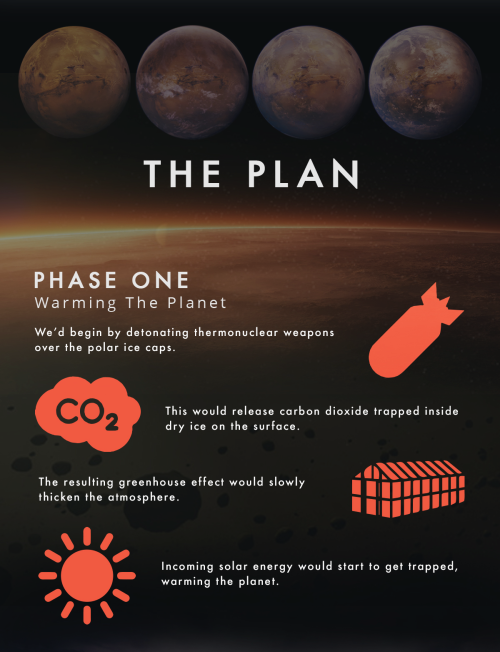

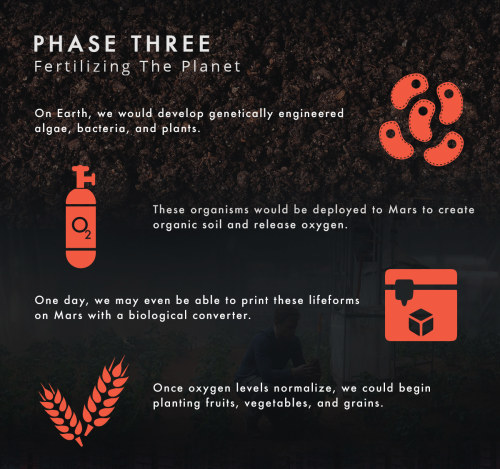
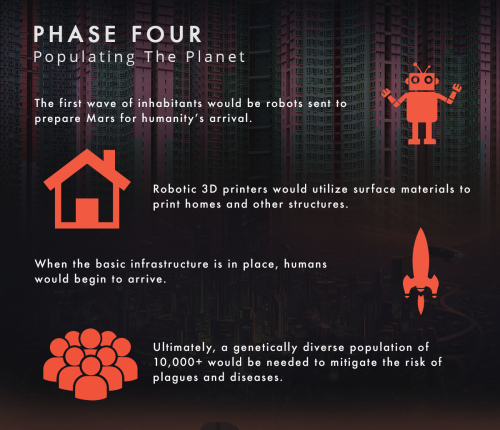
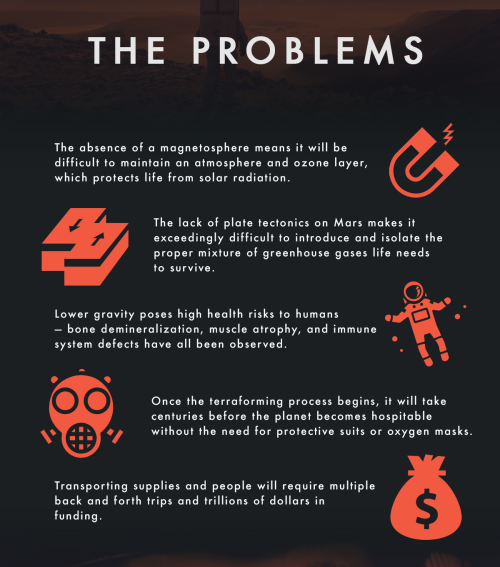
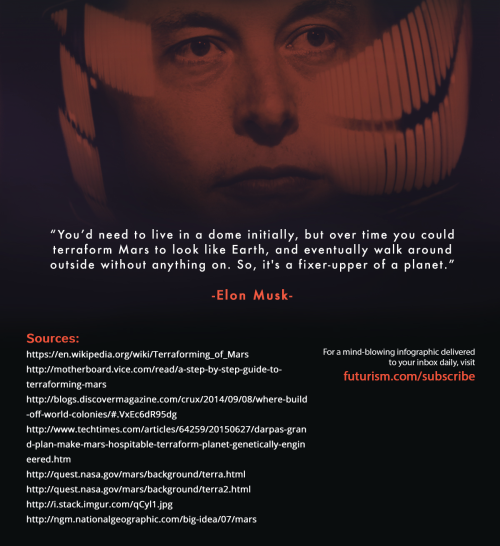
https://futurism.com/images/terraforming-mars-practical-guide
-
 rhymingteelookatme reblogged this · 8 years ago
rhymingteelookatme reblogged this · 8 years ago -
 the-pastry-monsterrr liked this · 8 years ago
the-pastry-monsterrr liked this · 8 years ago -
 tiffanyisafeminist liked this · 8 years ago
tiffanyisafeminist liked this · 8 years ago -
 piss-off-erik liked this · 8 years ago
piss-off-erik liked this · 8 years ago -
 insaneandlovingit reblogged this · 8 years ago
insaneandlovingit reblogged this · 8 years ago -
 insaneandlovingit liked this · 8 years ago
insaneandlovingit liked this · 8 years ago -
 not-thesheriffssecretpolice reblogged this · 8 years ago
not-thesheriffssecretpolice reblogged this · 8 years ago -
 drunkscience4u reblogged this · 8 years ago
drunkscience4u reblogged this · 8 years ago
The official page of Drunk Science! An enthusiastic host performs simple experiments and then humorously explains the science behind the result, all while visibly drunk.
126 posts

